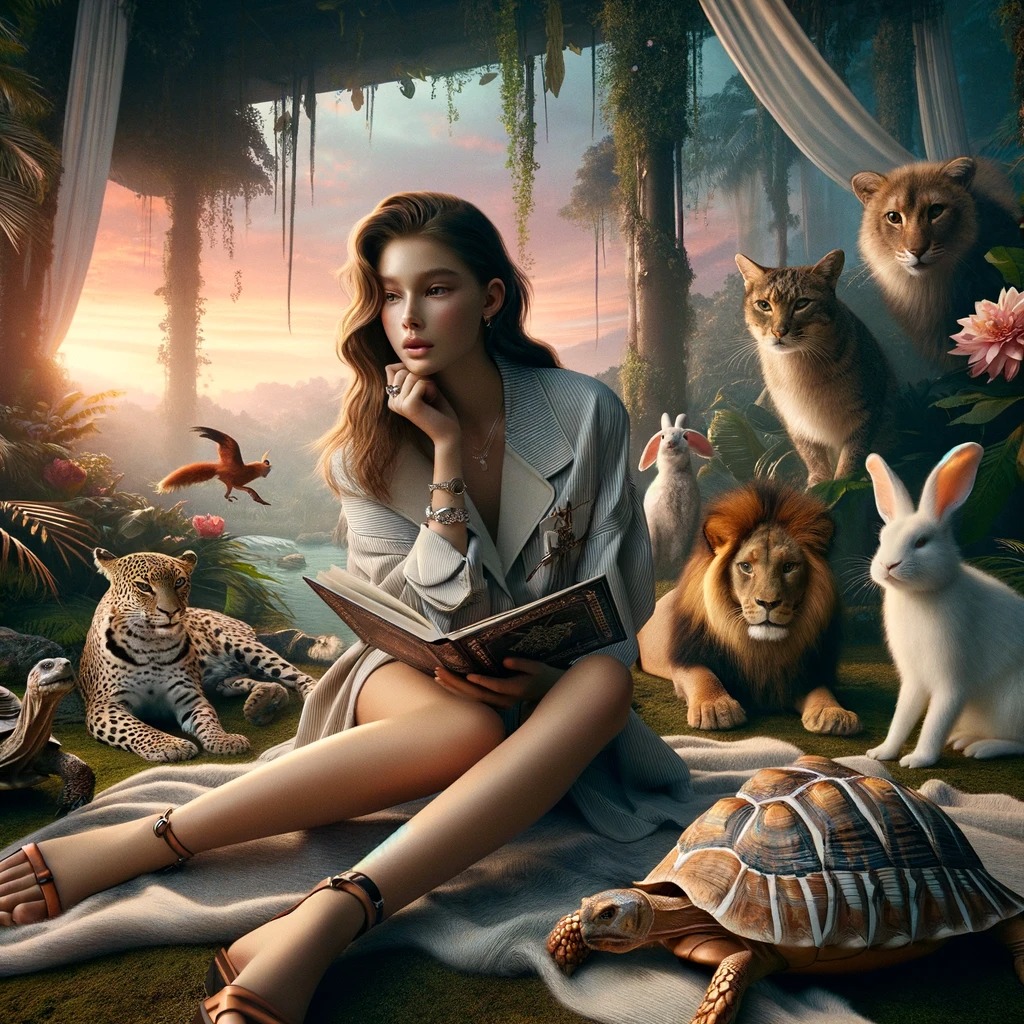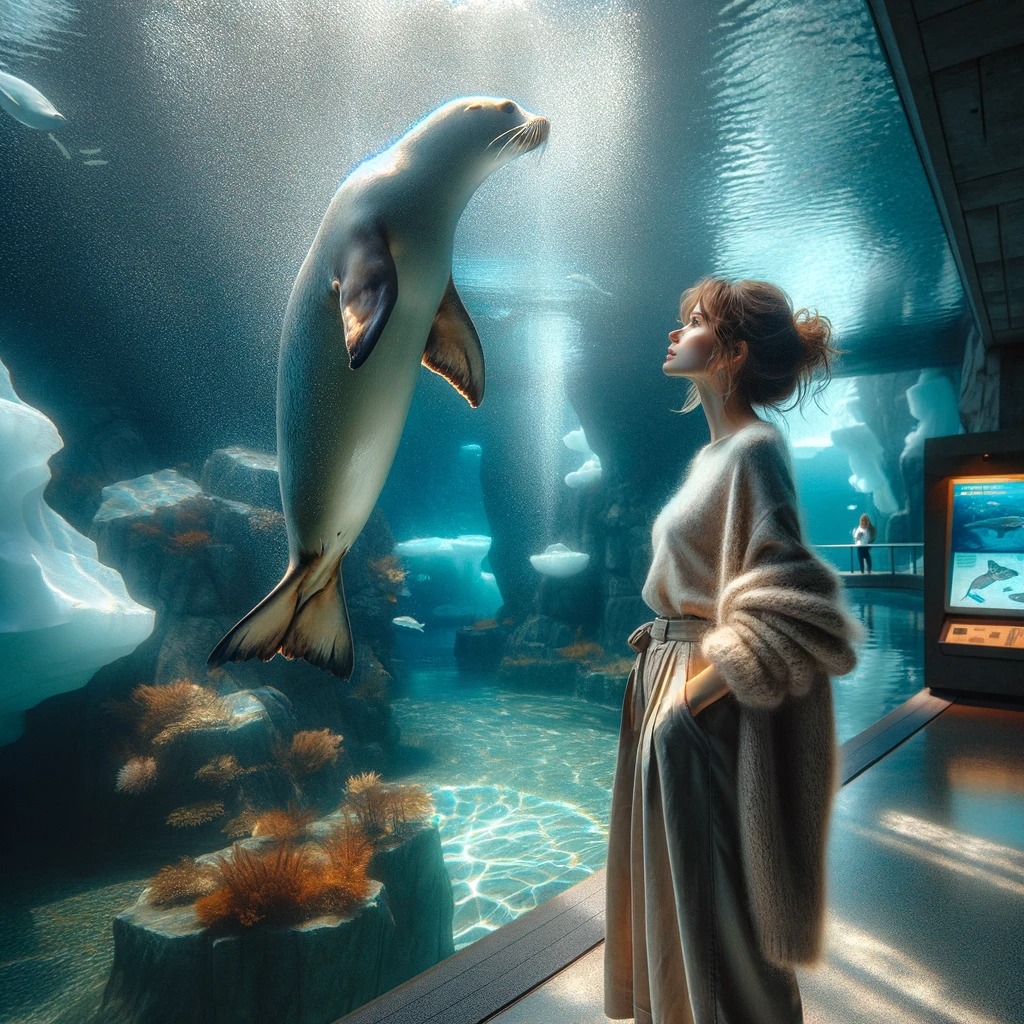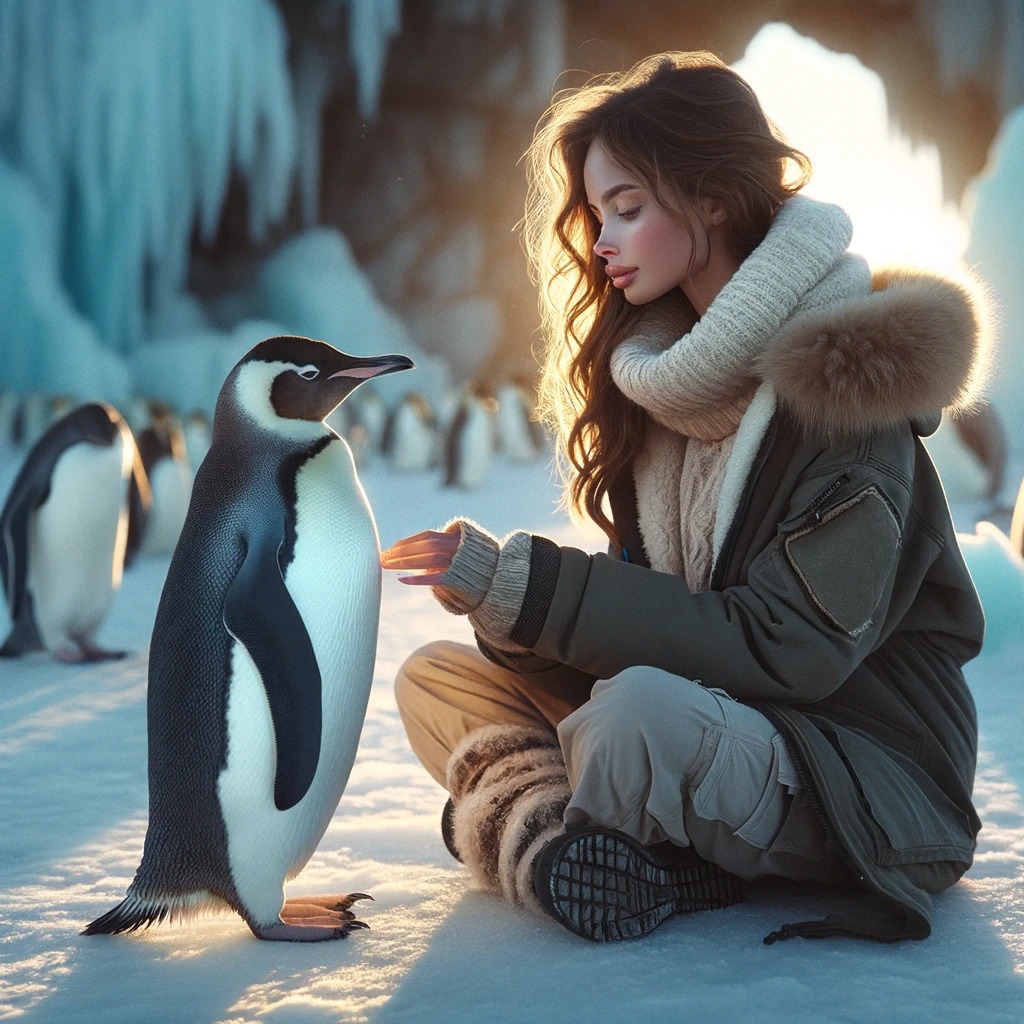In the literary landscape, where tales often traverse the complex terrains of human emotions, Kate DiCamillo’s “Because of Winn-Dixie” emerges as a heartwarming beacon. It’s a narrative that delicately weaves the themes of loneliness, friendship, and healing, all through the lens of a young girl and her bond with a dog she names Winn-Dixie. This book is not merely a story about a girl and her pet; it’s a journey into the heart of human connection and the healing power of companionship.
In the vast, cosmic soundscape of Pink Floyd, where each note often spirals into a galaxy of meaning, there lies a track, simple yet profound. “Seamus,” a song from their 1971 album “Meddle,” is an outlier in their discography, a playful interlude in their otherwise psychedelic and philosophical journey. It’s a piece where a howling dog becomes an integral part of the melody, a testament to the unadorned simplicity in a band known for its complexity.
In the world of performance art, animals have not only inspired characters but have also been immortalized in puppetry and mask performances. This art form, a blend of the tangible and mythical, brings to life the essence of animals in a way that captivates and educates. Let’s delve into this enchanting world where animals are not just motifs but storytellers, teaching us about life, culture, and ourselves.
The ocean, a vast and once untamed frontier, now bears the brunt of human folly. Its waves, which have serenaded sailors and whispered to shores for millennia, now carry a new note—a forewarning. Corals bleach white as bones in a sun-scorched desert, and the seas swell, redrawing the boundaries that have been taken for granted.
In the white solitude of the Arctic, silence is no longer an untouched canvas. It is frayed by the drip of melting glaciers – the weeping of the world in warmth. Polar bears traverse thinning ice, walruses rest on transient floes, and penguins march to the brink of their diminishing realm. Their plight is a prelude to a potential vast stillness, a warning as their icebound sanctuary crumbles.
Language, a human invention, evolves in curious ways, often borrowing from the world around us, including the kingdom of animals. Animal vocabulary in slang and jargon is as pervasive and varied as the creatures themselves, serving as a testament to the deep-seated influence fauna have on our expression and communication. Whether in the boardroom or the back alley, animal terms infuse our daily jargon with color and character.
In the tapestry of human history, animals have been interwoven into our oral narratives, not merely as characters but as compasses guiding moral discourse. From the cunning fox to the diligent ant, these stories echo the virtues and vices inherent in the human condition, serving as a reflective surface for our own morality.
The Arctic: a canvas of white and blue, stark and stunning in its frozen tranquility. Here, life endures in the frigid embrace of ice, where the cold is not a barrier but a defining element of existence. The animals that call this icy fortress home are marvels of evolutionary ingenuity, having adapted in body and spirit to the relentless chill of their domain.
In the vast and mysterious theater of the ocean, scavengers play a lead role in a continuous performance of life and death. They are the silent custodians of the deep, tirelessly working behind the scenes to maintain the equilibrium of aquatic ecosystems. From the tiniest of shrimp to the great whales, these cleaners of the sea ensure the ongoing health and vitality of their marine world.
In the vast, icy halls of Antarctica, penguins live out their days in a complex waltz of social interaction, a ballroom of survival and ritual against the backdrop of the harshest environment on Earth. These flightless birds, clad in their natural tuxedos, embody a society as intricate as any found in the animal kingdom, one where every bow, every bray, and every brush of a flipper tells a story.










